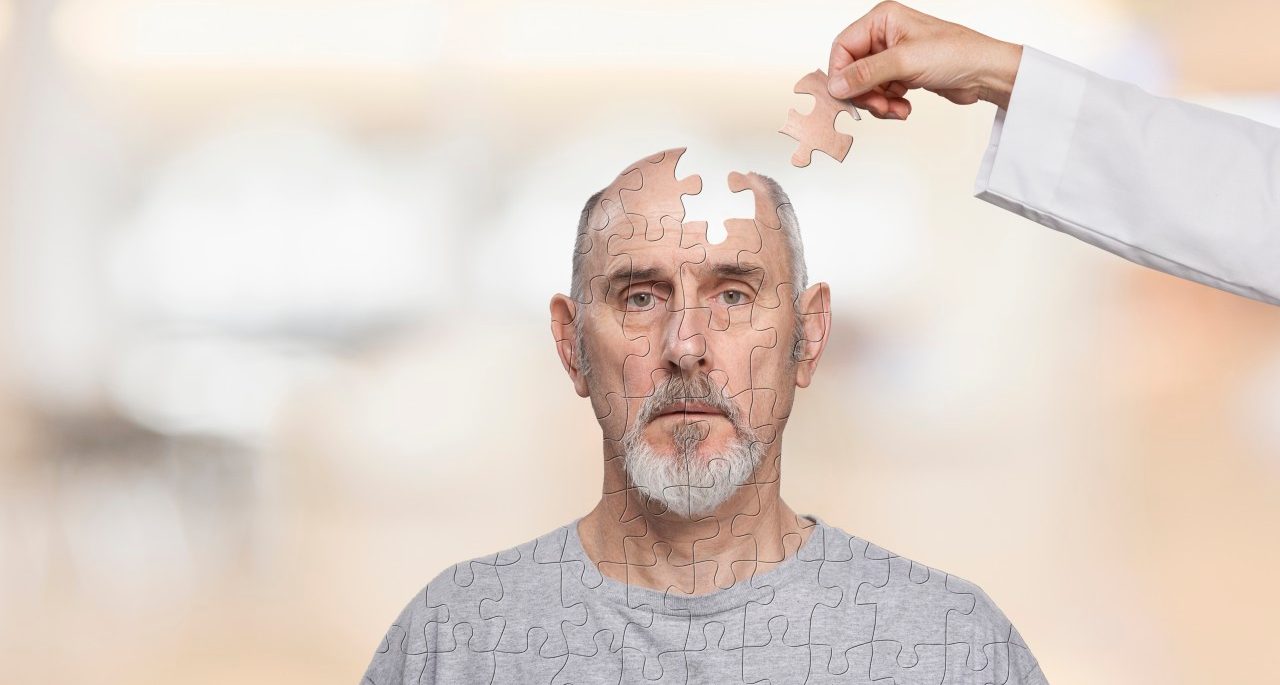Some People May Have a Weak Spot for Alzheimer’s

Here's more evidence suggesting that Alzheimer’s begins long before people are actually diagnosed because some people have a weak spot for the disease.
Eager young minds may also be fragile young minds; the developing adolescent brain seems to have a “weak spot” for Alzheimer's disease and schizophrenia.
Parts of the brain that grow late in adolescence may deteriorate early as some people age, according to researchers in the UK, who identified the region using MRI scans. Their findings were published in the journal PNAS.
The Medical Research Council team correlated the findings with scans of patients with schizophrenia, which tends to develop earlier in life, and found the same regions were involved in Alzheimer’s disease, which happens later in life.
“Our results show that the same specific parts of the brain not only develop more slowly, but also degenerate faster than other parts,” says Dr. Gwenaelle Douaud of Oxford University, the lead study author. “These complex regions, which combine information coming from various senses, seem to be more vulnerable than the rest of the brain to both schizophrenia and Alzheimer’s, even though these two diseases have different origins and appear at very different, almost opposite, times of life.”
The upshot: the large-scale study of many patients adds to the existing body of evidence on early markers and their link to development, aging, and disease mechanisms in the brain. It also suggests there may be genetic and environmental factors from early in life that manifest themselves in the form of Alzheimer’s or schizophrenia.
The results may one day help doctors diagnose Alzheimer’s early, although the study authors caution that more research is necessary.
In other research, another group of British scientists have developed a blood test identifying 10 proteins that indicate Alzheimer’s will develop soon. The test may enable doctors to make decisions that could be helpful to a patient before symptoms begin.
Researchers say their test has an 87 percent accuracy rate in predicting Alzheimer’s development within one year in people already reporting memory loss.
Like the “weak spot,” the test is more evidence that the cellular origins of Alzheimer’s begin many years before people are actually diagnosed, which happens today only after classic symptoms have begun.
Technically, Alzheimer’s can be confirmed only after someone dies. Scientists have found, in people with Alzheimer’s, amyloid plaques that block communication between nerve cells in the brain, and nerve tangles that block nutrients and other substances from circulating in the cells. Both are believed responsible for producing Alzheimer’s symptoms. A protein, named tau, may also be a culprit.
At the University of Illinois at Chicago, longtime Alzheimer’s researcher Mary Jo LaDu and her research group have developed a pair of chemical analyses that can detect key Alzheimer’s molecules in human brain tissue and lab mice that could also track progression of the disease and lead to quick development of new drug treatments.
The brain tissue analyses, called assays, may also identify people at increased risk of Alzheimer’s, which in turn would determine who should receive early treatment to delay or prevent symptoms of Alzheimer's. Her study was published in the Journal of Biological Chemistry.
Since those biomarkers were established in 2013, a cancer drug that has shown promise against Alzheimer’s in mice is being used in clinical trials. The drug reduced levels of a protein toxic to the brain in experimental mice.
The best way to diagnose Alzheimer’s is through identifying classic symptoms, such as dramatic memory loss and disorientation. By then, the disease has taken hold; treatment is a matter of symptom management from then on.
That’s not to say you can’t take preventive measures to try protect against Alzheimer’s disease. Exercise, a healthy diet rich in antioxidants, and stimulation of the mind are all steps you can take.
If you’re young – say 20, 30, or 40, even 50 – change your lifestyle now to take advantage of known preventive measures. The earlier the better.
Updated:
February 19, 2020
Reviewed By:
Christopher Nystuen, MD, MBA